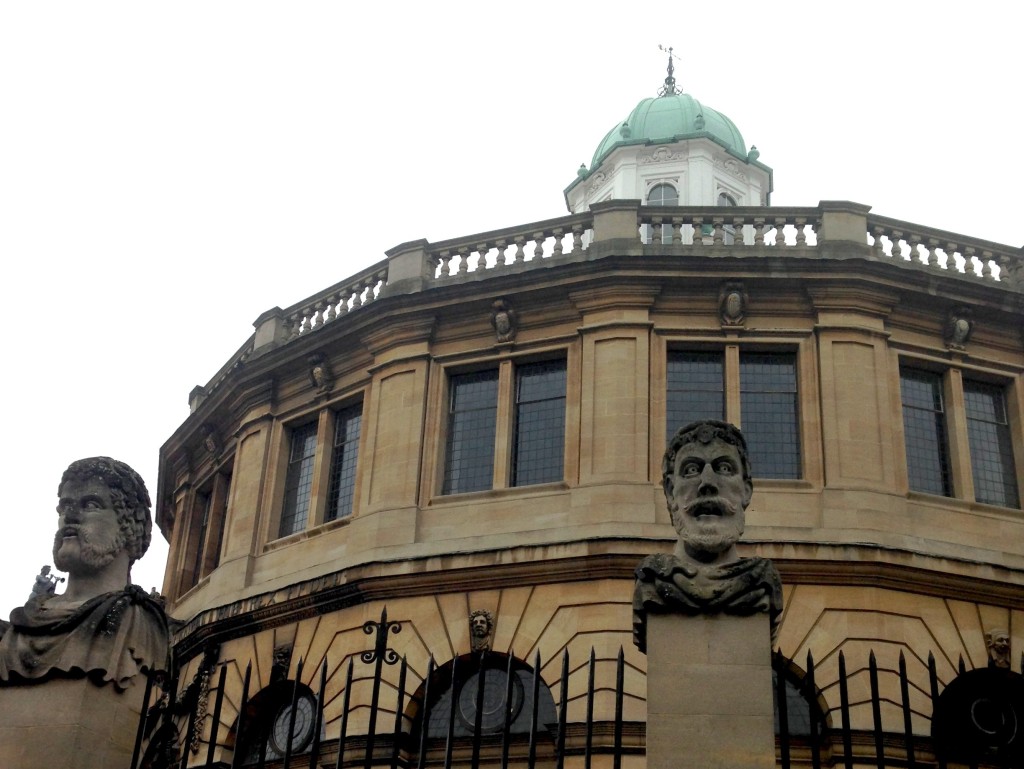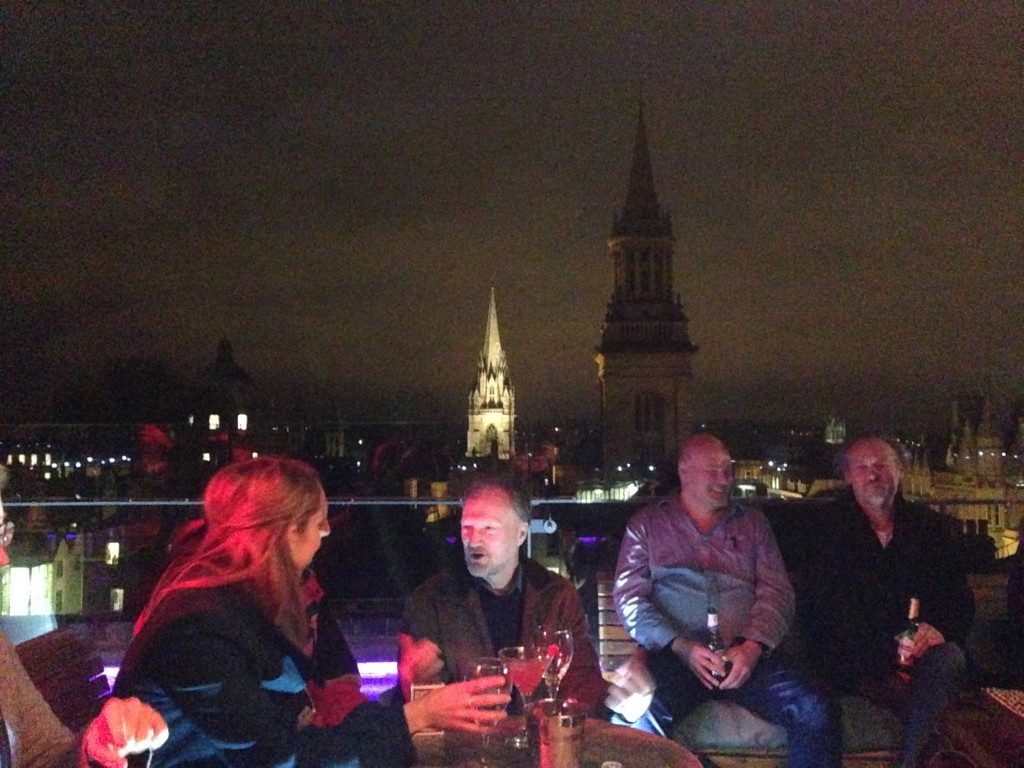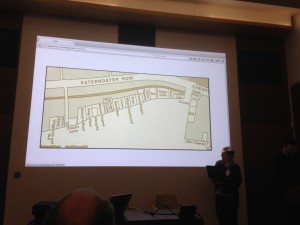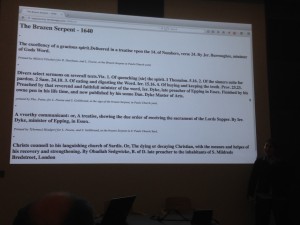Monday last I had the pleasure of trundling over to the Bodleian’s new Weston Library in Oxford, thence to participate in the EEBO TCP HackFest (09/03/15).
What on earth are those acronyms about? Good question. Early English Books Online Text Creation Partnership is the answer.

Stepping away from the usual tendency to reactively digitise visual materials[fusion_builder_container hundred_percent=”yes” overflow=”visible”][fusion_builder_row][fusion_builder_column type=”1_1″ background_position=”left top” background_color=”” border_size=”” border_color=”” border_style=”solid” spacing=”yes” background_image=”” background_repeat=”no-repeat” padding=”” margin_top=”0px” margin_bottom=”0px” class=”” id=”” animation_type=”” animation_speed=”0.3″ animation_direction=”left” hide_on_mobile=”no” center_content=”no” min_height=”none”][1], the Bodleian, along with the University of Michigan (funded by Jisc in the UK) has spent over a decade digitising and transcribing thousands of volumes into fully-searchable texts, creating a tremendous resource in the field of English Literature. You’ll need to be a member of a registered institution to get access to the scanned images themselves, but as of January 2015 over 25,000 transcriptions are now freely available in the public domain, which is good news all round.
It’s not surprising that the Bodleian organised a HackFest to plumb the collection. The sheer vastness of it can be intimidating, and the academic catalogue somewhat impenetrable for all but academics and librarians, yet its potential is easy to see.
We spent the day working in the atrium of the then-unopened Weston Building, which was rather lovely despite the building works accompanying the installation of the upcoming Marks of Genius exhibition. After a brief introduction and a ‘speed dating’ session for ideas, participants coalesced into small groups to work on a variety of projects and ‘hack’ together a project.
There was a healthy dose of data-mining work, with some producing programs to draw information from the mass of the catalogue. One group visualised the frequency of colour terms across the collection, another produced a program to determine the etymological roots of words in the texts.
One of my favourite projects took a map of St Paul’s Cross Churchyard in 1640, famed for its book stalls before the Great Fire, and mapped individual bookshops back onto it. They then built an interface whereby one could ‘browse’ each shop and (utilising publication information) see what titles from the EEBO collection would have been available there that year[2].
My own group took a more theoretical approach. We were primarily interested in non-academic usage, and how the general public might interact with the corpus. We’d hoped this might solidify into a plan for an actual interface/tool, but we ended up spending much of our time evaluating the usability of the existing online services. Not a librarian by trade, I learnt about STRC codes and other methods of referencing — and, much as with archives, how important inter-operable referrers are. Having resources in three different places, lacking a central access portal and interlinks, does make usage tricky.
I thus found myself looking at AN ACCOUNT OF THE TRYAL AND EXAMINATION OF JOAN BUTS For being a Common WITCH AND INCHANTRESS, dating from 1682. Rather enjoying it, I decided to see if I could bend it into something a little more engaging and make something of it.
I’d been meaning to do something with Twine for a while, and so I found myself hacking up Joan’s trial into an ‘interactive narrative’ — a choose-your-own-adventure in old money. Twine has its programming quirks, but is open-source and comedically easy to learn and use. I tried to keep new text to a minimum (which is why it’s so easy to kill Joan) and stick to the original text of the source document wherever possible. If I can find another witch trial document where the outcome differs[3] I may conflate the two to produce a narrative with even less ‘modern’ text.
Anyway, the result of my brief endeavours is currently hosted at joanbuts.timeimage.org.uk. Click the image to begin.
I did a brief demo of the game during the event’s roundup at the suggestion of my teammates, and was surprised by how well it went down. Interactive narratives continue to be popular, and I think people like to experience heritage materials in these unusual, engaging formats.
The day was rounded off with awarding of prizes — I was delighted to receive a copy of the Marks of Genius catalogue along with the rest of my team — and an excursion to Drinking About Museums on a drizzly rooftop with a lovely view.
All in all, a great day with some really interesting outputs. I hope to see more HackFests from the Bodleian in the future.

— Sarah
[1] I enjoyed learning a little about woodblock printing. Did you know that the hat on a woodblock figure might be a separate stamp to the figure itself? Apparently one can identify that a particular printer has produced a set of prints by the same hat appearing in them all. Fascinating.
[2] I confess I did have a little daydream whereby this functionality was built into Pudding Lane.
[3] No spoilers here!
[/fusion_builder_column][/fusion_builder_row][/fusion_builder_container]



